Restoring An Old Stained Glass Window
Last Updated on August 2, 2017 by lydiaf1963
Today’s blog was written by my sister, Laura. Like me, she inherited a crafty gene from our mom. Among her interests is the craft of working with stained glass. In this post, she describes how she painstakingly restored an antique stained glass window sash.
I used to work for a window replacement company where we removed old wooden sashes and replaced them with vinyl replacements windows. I enjoy working with stained glass so one of my former co-workers saved an old sash from a turn of the century home for me. The sash must have been close to 100 years old. It had several layers of paint that was peeling and chipped but the most important pieces were still intact…the original stained glass.
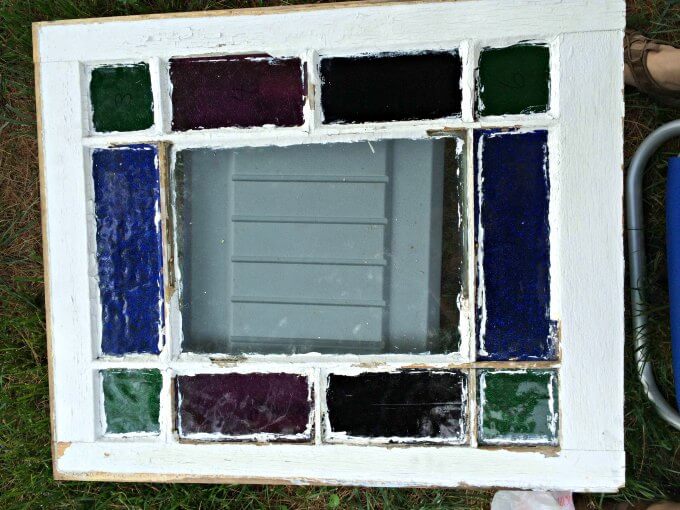
First, I carefully removed the old window glazing and eased out the stained glass. I numbered the pieces so I would remember how they went back into the sash. The old points were still present; little pieces of triangle-shaped metal. I sat them aside thinking I would use them later. Then I started removing the old paint with standard paint remover. The first layers came off very easily. The bottom, original layer didn’t. I worked on that layer with a heat gun and chisels, which was helpful, but I learned quickly not to get too close to the wood because I scorched a few places. The heat gun didn’t get all of the original paint off so I had to resort to a hand-sander for the flat surfaces. The routed part required sanding by hand. That probably took the longest of any step of this process.
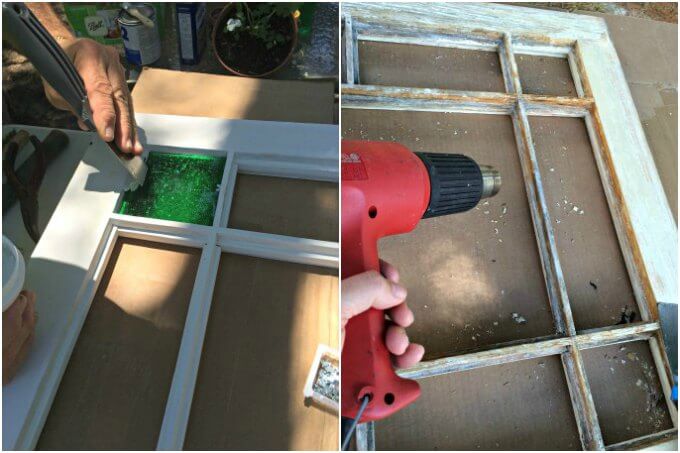
During the hand-sanding process I accidentally displaced one of the mullions. I wasn’t too surprised as the window had been exposed to many, many years of weathering and there was some rotten wood. I ended up filling in the rotten parts with wood putty then set the mullion back in place. Once the cleaned glass was returned to the openings, it held the mullion in place. At this point, I decided to use new glazing points that I purchased at a hardware store because once I had exposed the edges of the stained glass, I could see some of the pieces were a tad too small for their openings. The new glazing points were larger and would hold the glass better. Then it was time to glaze the windows.
A buddy of mine had experience with glazing windows so we set up a table in his backyard and started to glaze the pieces of glass into place. Window glaze reminds me of Play-Do. It’s very pliable and shows every tool mark or fingerprint you make. I’m a reformed perfectionist. (My sister would call it something else!) I’ve worked hard at not sweating the small stuff but perfectionism is built into my DNA. I messed with the glaze and messed with it until I finally had to convince myself to wait for the glaze to dry then I would sand out the ugly marks. So I sat the window pane in a cat-free part of my apartment and waited for the glaze to harden. And waited. And waited. After a month, the glaze wasn’t hard. So I put it outside and waited. And waited. Finally, a friend of mine said it could take a couple years to harden. That just wouldn’t do.
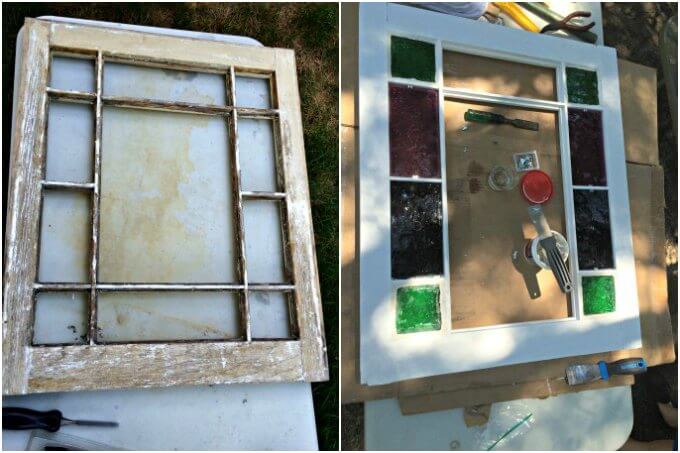
One afternoon, I brought the sash back inside and scraped away all the glazing, cleaned up the openings, return the stained glass to their places and caulk them in with acrylic latex caulk. It turned out pretty good. And set up within a day. Perfect.
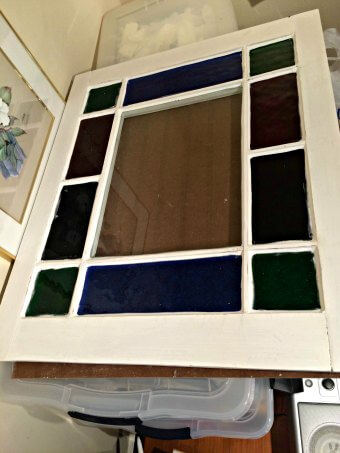
Next was painting the sash. Side “B” was pretty easy because all the wood parts were flat and so was the glass. Once that was done and all the “mistakes” were scraped away and cleaned up, it was time for Side “A”; the pretty side. This side had the routed mullions and the glass itself was full of texture just waiting to hold some paint. I taped it off with blue painters’ tape and commenced to painting. Once the blue tape was removed and the odd bits of paint were scraped off with a razor, I was done! Two years from the start of the project. But who’s counting?
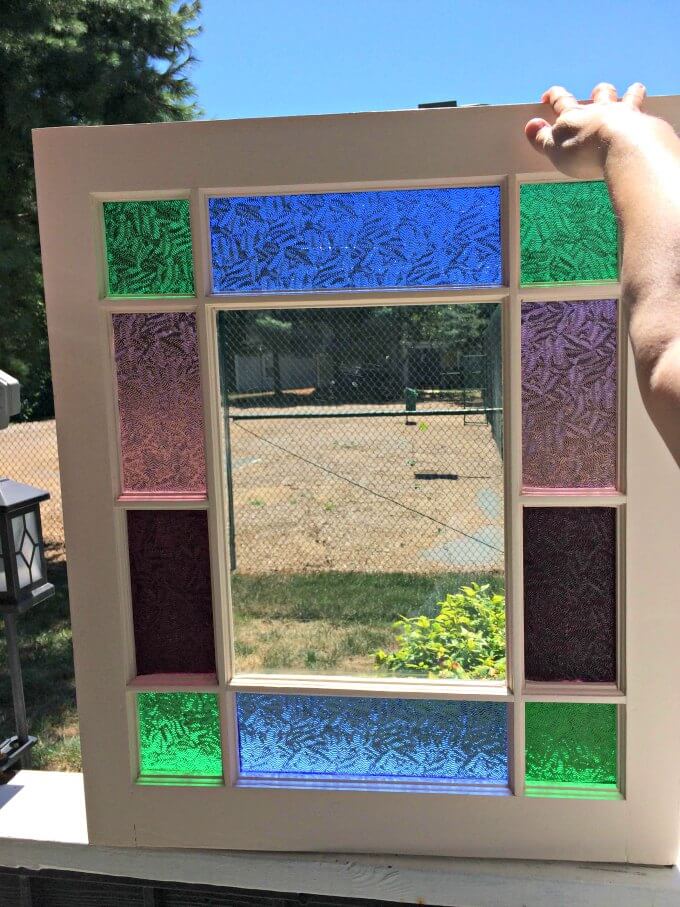

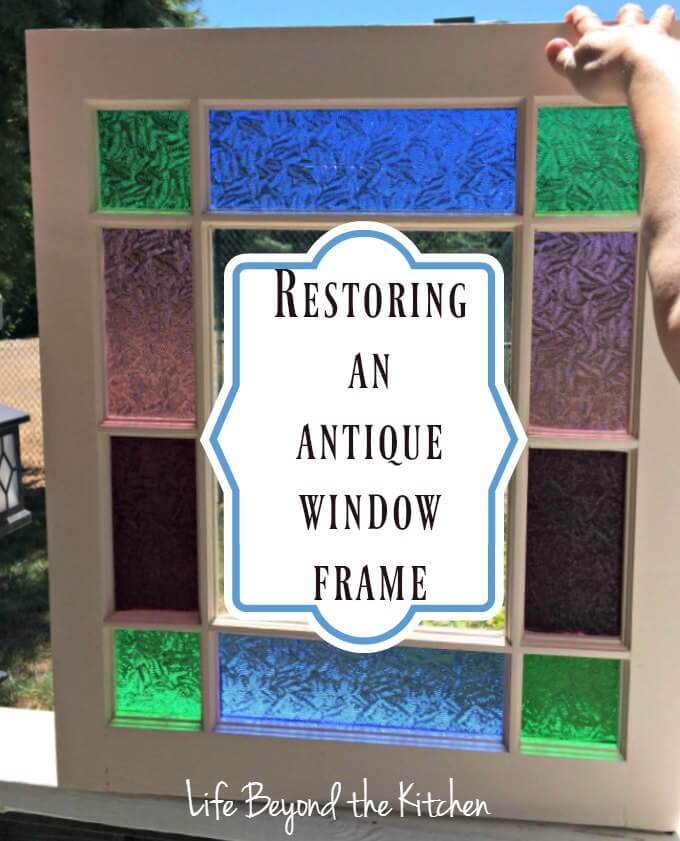

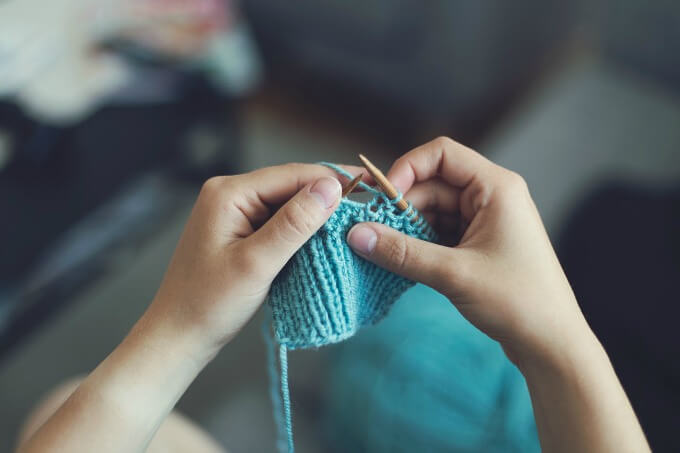

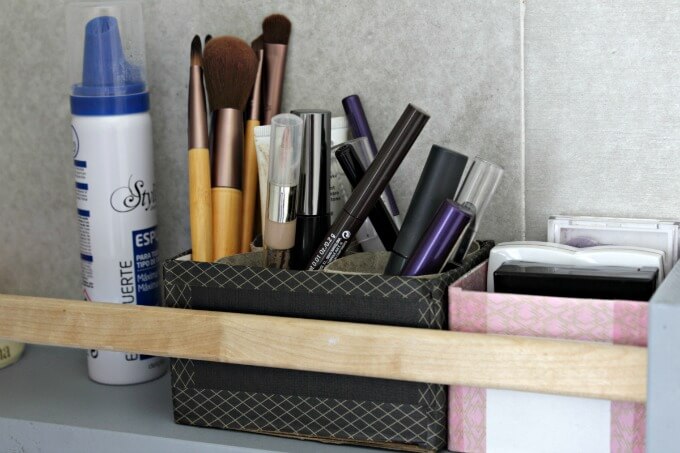

I’m really amazed!! It’s a magnificent work
It took long, but worth every minute!
I love that old textured glass. She’s getting ready to move into a new home. I’ll try to get her to send a photo of its final home 🙂
Nice job! How did you slip the colored pains of glass out from the mullions and sash? Cold you provide more detail about your first step?
Or maybe, I mean glazing?
Basically, how did you get “carefully remove the glass”?
The glass rests on the mullions and is held in place by the glazing and glazing points. When the glazing and the points are removed the glass can usually be popped out without too much trouble.
Thanks for the answer.
So it looks like I need to heat things up with a heat gun and then carefully scrape out the glazing.
I think my sister used a putty knife and pried the caulking out. It will probably depend on the age and condition of your window. Good luck!
Thanks again for the tips. The house is about 100 years old. I’m not sure if the window is the same age, but it might be. The frame is good shape, and the coloured glass is quite thin. Already had one disaster with half the window, so trying to avoid any further damage 🙂 I was happy to find your blog post. I learned about some terminology (mullion and glazing) that helped me do some better searches.